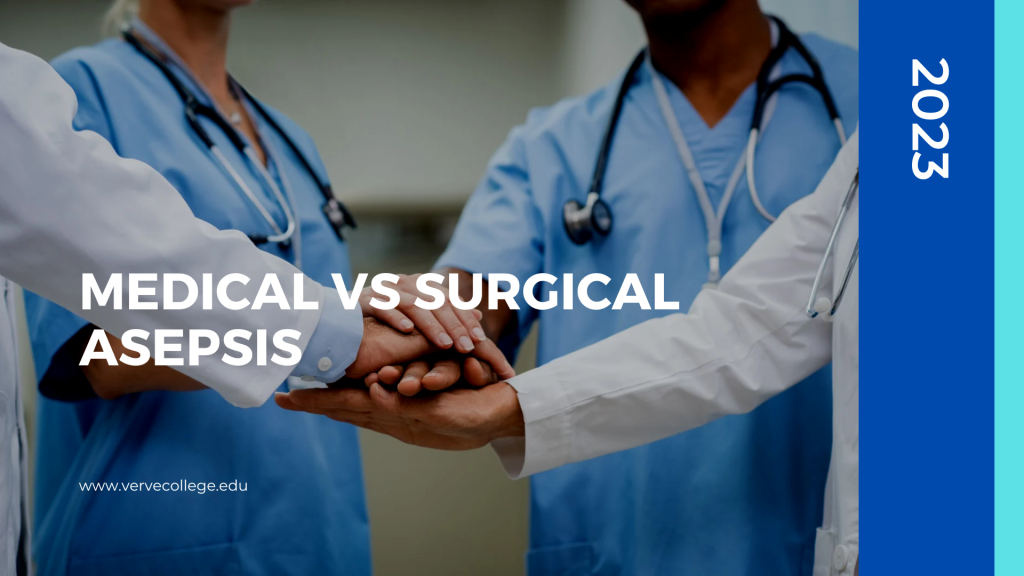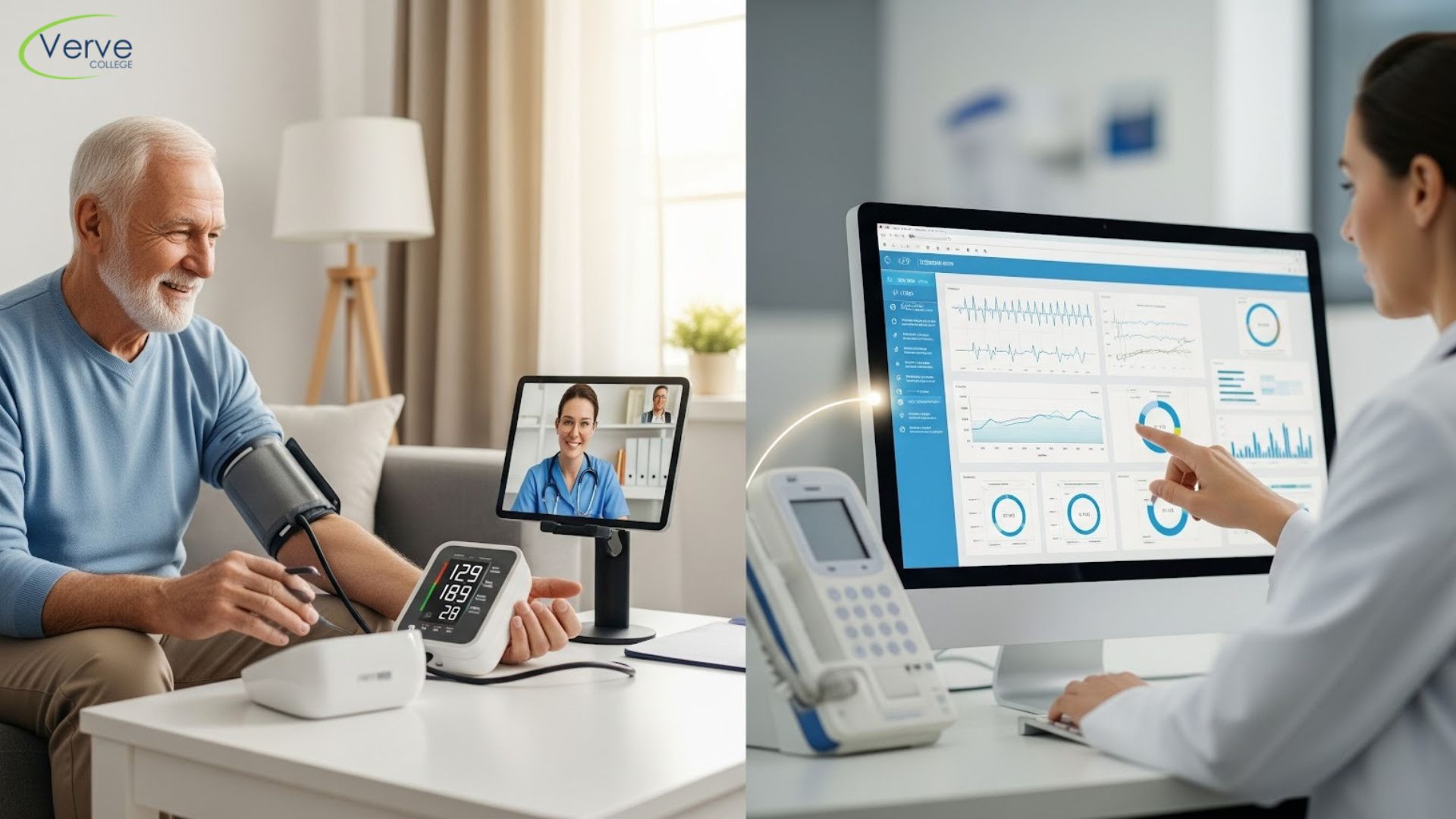- Oak Brook:(630) 705-9999
- Chicago:(312) 920-8822
- Email:inquiry@vervecollege.edu
- Make a Payment
- Home
- Programs
- Admission
- Resources
- ATI Entrance Exam Resources
- New E-Digital Library
- Refer a Friend
- School Newsletter
- Events
- Employers
- Job-Network
- Alpha Beta Kappa Candidates
- Verve College Library
- Graduation and Pinning Ceremony Photo Galleries
- Textbook Information
- Career Services
- Tutoring
- School Catalog
- FAQ
- Constitution Day Program
- Alumni
- Verve College Plans
- Financial Aid
- HEERF Reporting
- Satisfactory Academic Progress
- Apply For Financial Aid
- Net Price Calculator
- Return of Title IV Funds (R2T4)
- Financial Aid Office Code of Conduct
- Contact
- FAQs
- Verification Policy
- Vaccination Policy
- Student Right-to-Know Act
- Misrepresentation
- Information Security Program
- Academic Award Year
- Availability of Employee
- Cost of Attendance
- Health & Safety Exemption Requirement
- Students Rights and Responsibilities
- Leave of Absence
- Pell Formula
- Military Students
- Grants/ Scholarship Policy
- Contact Us
- Testimonials
- Blog
Is a Nursing Career Right For You?
Take The Free Quiz
What is the Difference Between Medical Asepsis and Surgical Asepsis?
What is the Difference Between Medical Asepsis and Surgical Asepsis?
In the field of medicine cleaning and maintaining a safe environment is crucial to the prevention of infections and for ensuring the safety of patients. Aseptic practices play an important part in ensuring that the setting is protected throughout surgical procedures and basic nursing skills. This article will help you to understand the significance of aseptic procedures for surgeons and the steps involved in medical vs surgical asepsis.
What is the Aseptic Technique?
The aseptic method is used to describe the procedures employed by health professionals to avoid the infiltration of pathogens into the body of a patient during surgical procedures. This is crucial for surgeons who are interested to become a licensed practical nurse, as the risk of infection increases during surgical procedures. By following strict aseptic practices, surgeons can reduce the chance of contracting illness and guarantee the highest quality outcome for the patients they treat.
Aseptic Technique Steps
There are many important steps to follow in the aseptic method including:
- Hand washing: Hand washing using water and soap is the first and most essential step in an aseptic procedure. This will help to remove dirt, debris, or potentially harmful pathogens from hands prior to putting on sterile gloves.
- Dressing in gowns: Surgeons should wear sterile gowns to shield them and their patients from infection. The gown must be worn to ensure that the sterile area is kept.
- Gloves: Sterile gloves should be worn throughout all medical procedures to stop the transmission of pathogens between healthcare professionals’s hands and the patients at nursing homes.
Aseptic Precautions
Alongside the procedures described above, there are a variety of precautions to be taken to ensure an aseptic procedure which include:
- Maintaining a sterile field: A sterile field is a space where only sterile materials are permitted. The sterile field has to be maintained throughout all processes to reduce the contamination chance.
- To avoid contamination, surgeons should be alert to avoid contamination in the sterile field by making sure that only sterile objects come into contact. Things that aren’t sterile, such as phones, pens, and personal objects, ought to not be put in the space of the sterile field.
- Properly disposing of hazardous substances: The disposal of any hazardous material such as gowns, gloves, or sharps, must be put away in designated containers to avoid contamination and ensure the microbiology safety of health professionals and patients.
Read More:- A Bright Future Awaits: Impact of Quality LPN Education on Your Healthcare Career
Medical vs Surgical Asepsis
Although both surgical and medical asepsis play a crucial role in preventing the spreading of infection. There are some key distinctions between them:
- Medical asepsis concentrates on reducing the amount of microorganisms in the environment and preventing their spread, while surgical asepsis seeks to create a safe environment, free of microorganisms.
- Medical asepsis usually involves procedures like sanitation and hand washing while surgical asepsis is stricter measures, like sterilization and the usage of sterilized instruments.
What’s Medical Asepsis?
Medical asepsis involves reducing the amount of microorganisms in the environment and stopping it from spreading. This is vital in stopping the transmission of infection in healthcare settings and the community. Important steps to take in treatment of medical asepsis consist of:
- Hand hygiene: Regular hand washing and drinking alcohol-based hand soaps are vital in preventing the spread of infections.
- Disinfection: The use of disinfectants to wash surfaces, equipment and other objects helps to decrease the amount of microorganisms that are present and reduce the chance of contracting an infection.
What’s Surgical Asepsis?
On the other hand, surgery asepsis is the process of creating a clean and sterile environment that is free of microorganisms. This is especially important when operating in a surgical environment, since any single microorganism could cause serious complications, including infections at the surgical site. Important steps in the treatment of surgical asepsis are:
- Sterilization: The application of heat, chemicals, and radiation to destroy microorganisms found in equipment and instruments is vital to maintain an environment that is sterile.
- Use of instruments that are sterile: Only sterile instruments are employed during surgery to stop the spread of pathogens into the body of the patient.
Want to Make a Career in Nursing? Get More Information About Our Courses!
Conclusion
In conclusion, the use of aseptic techniques is essential when performing medical procedures, specifically for surgeons performing surgical procedures that are invasive and have a greater chance of infection. Knowing the difference between surgical and medical aseptic procedures is essential to ensure cleanliness and safety during surgical procedures. By following strict guidelines for aseptic procedures surgeons can lower the chance of contracting an infection and provide the highest quality outcome for the patients they treat.
Improve your abilities and safeguard your patients from harm by taking formal online training in the aseptic method. Our anatomy and physiology classes have been designed to accommodate your schedule and provide you with the skills and experience required to maintain a sterile surgical setting.
Don’t pass up this chance to make a commitment to your medical professional development and make a difference on the patient’s outcomes. Sign up for our anatomy and physiology course near me now and be a master in the aseptic technique!
 Sign up
Sign up Login
Login




